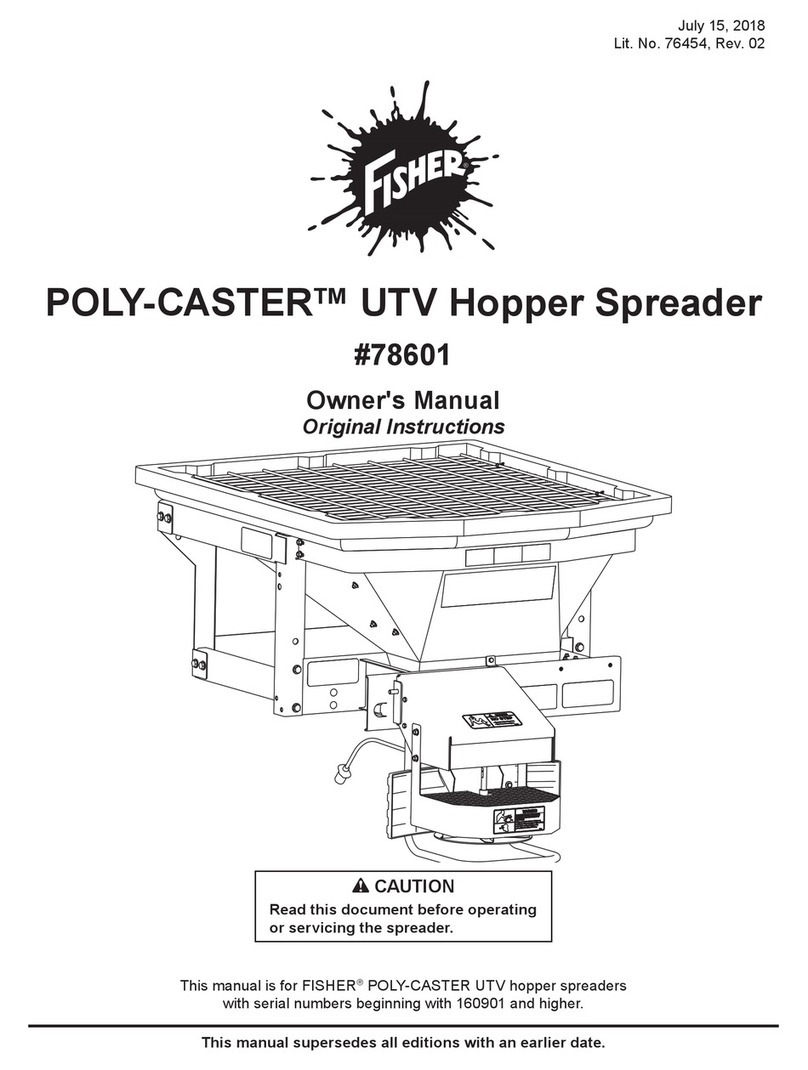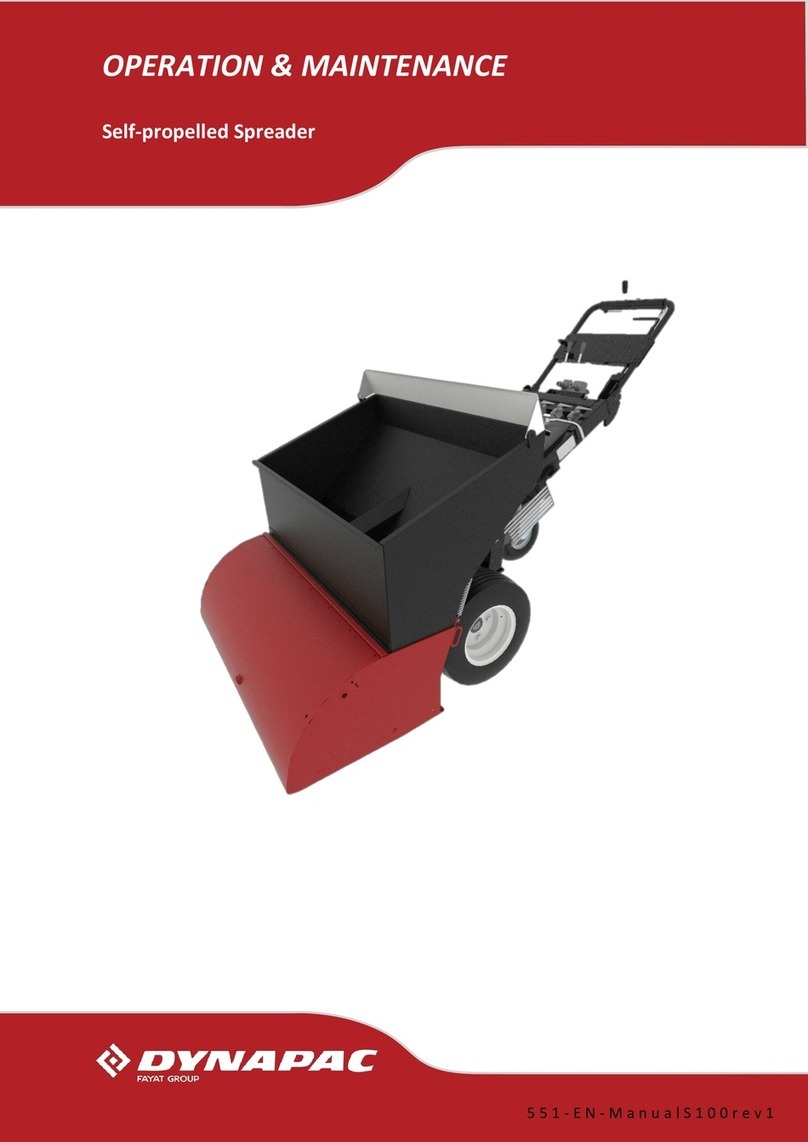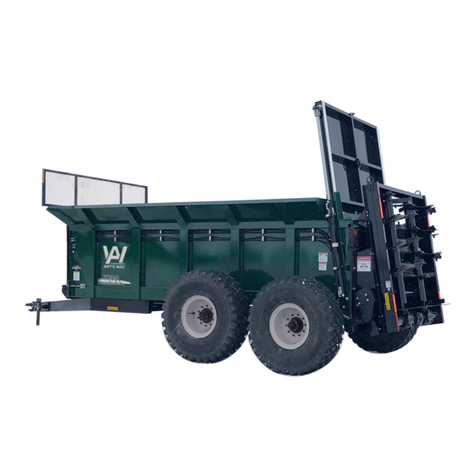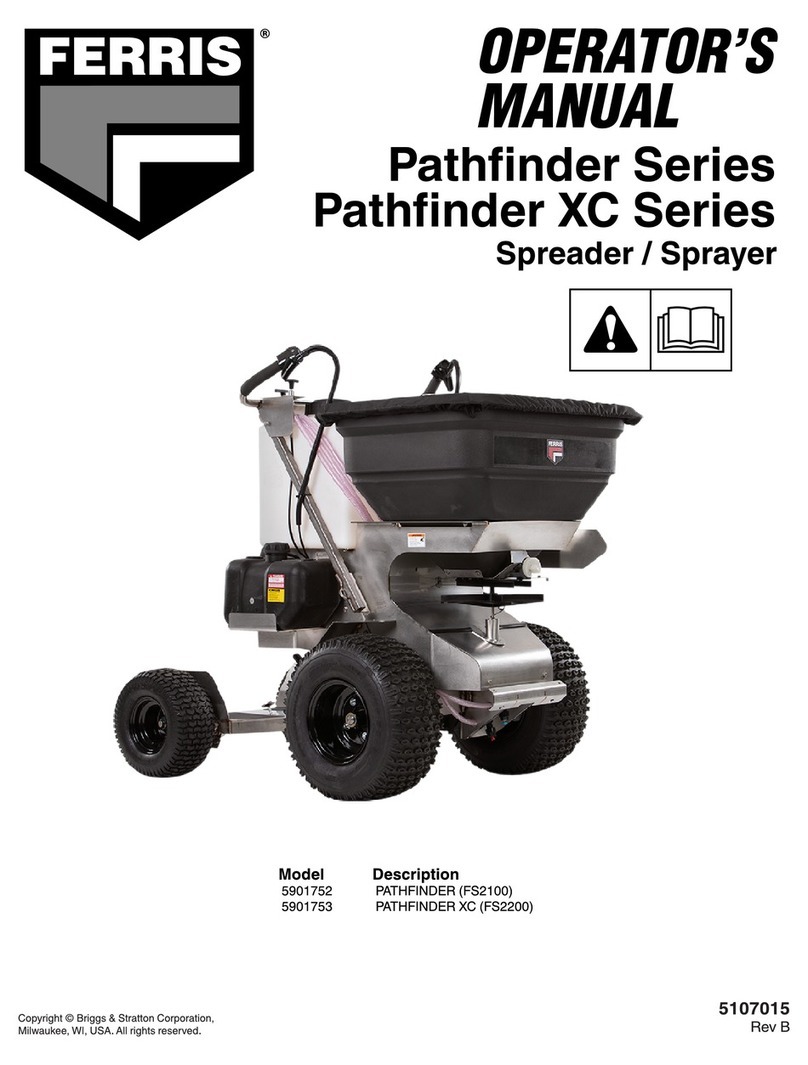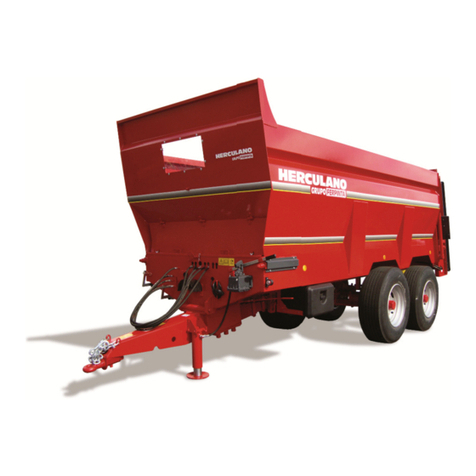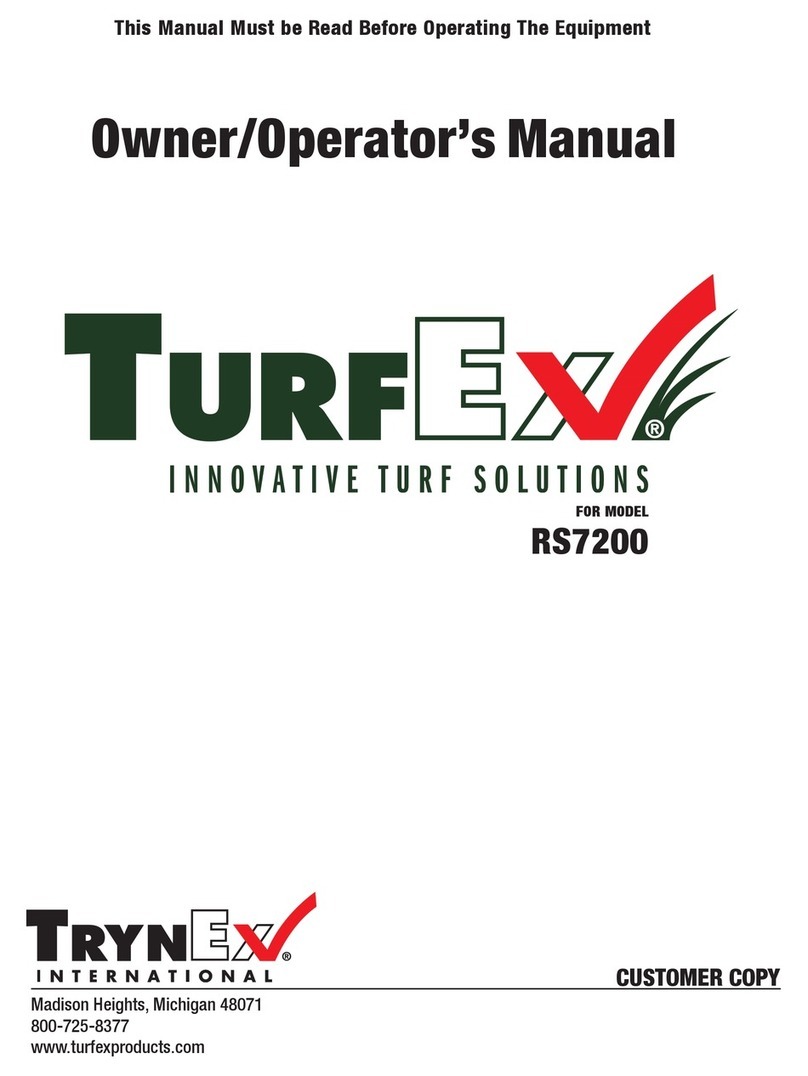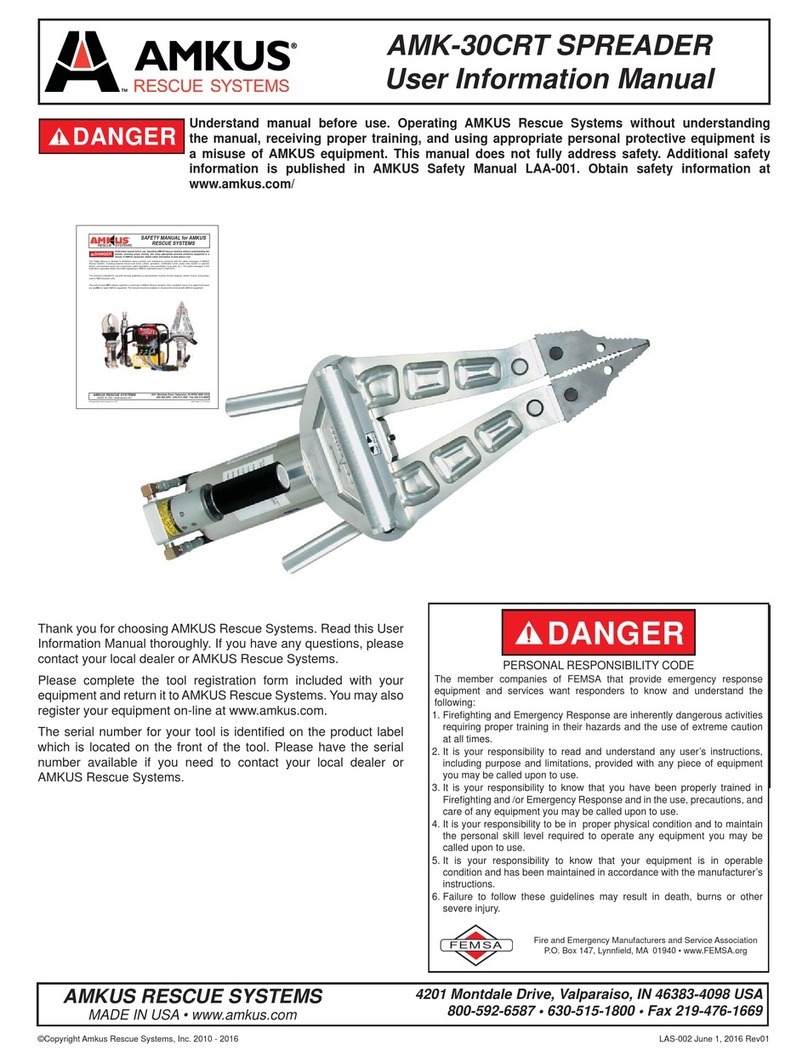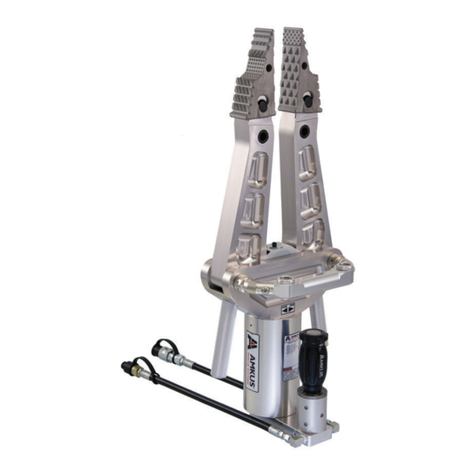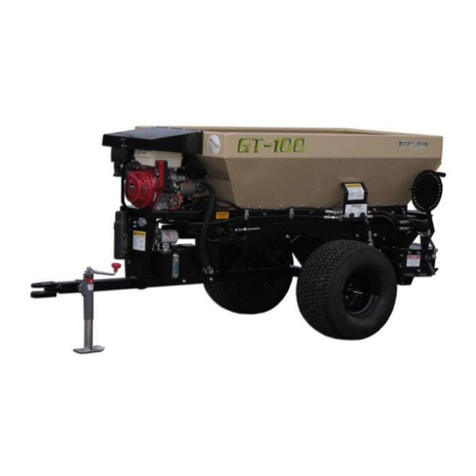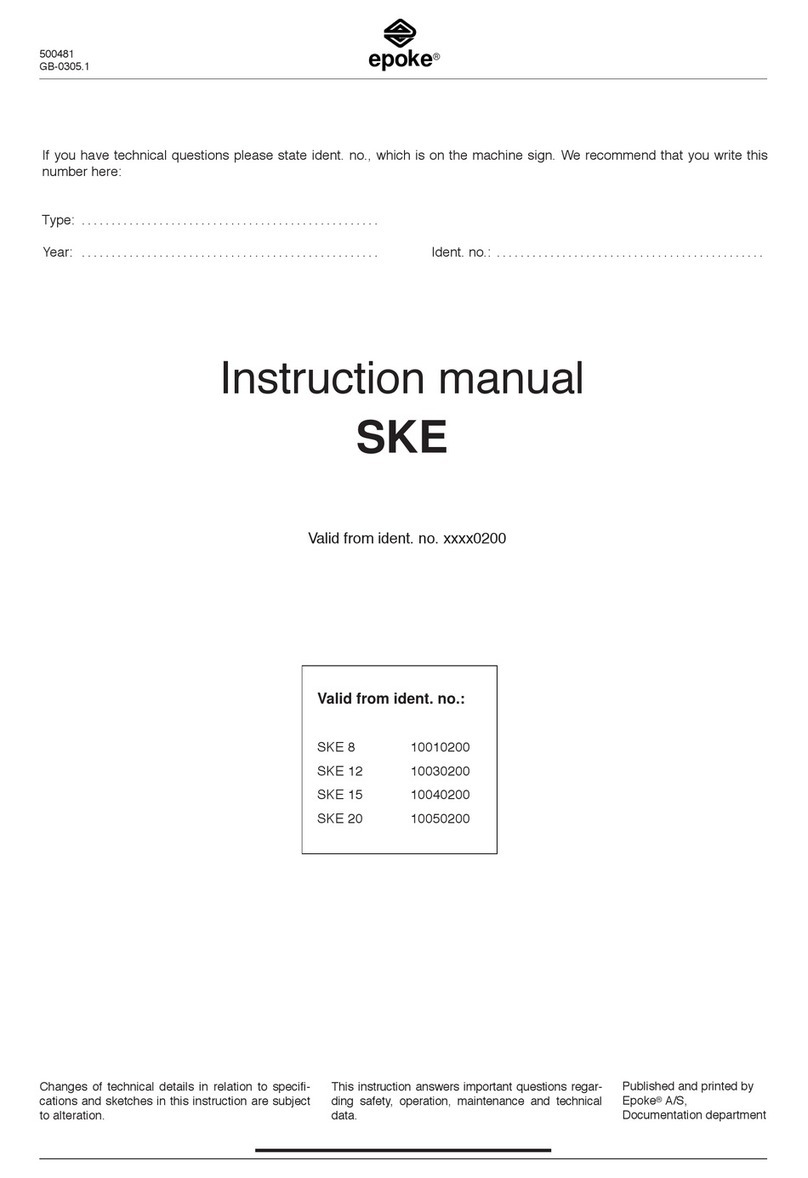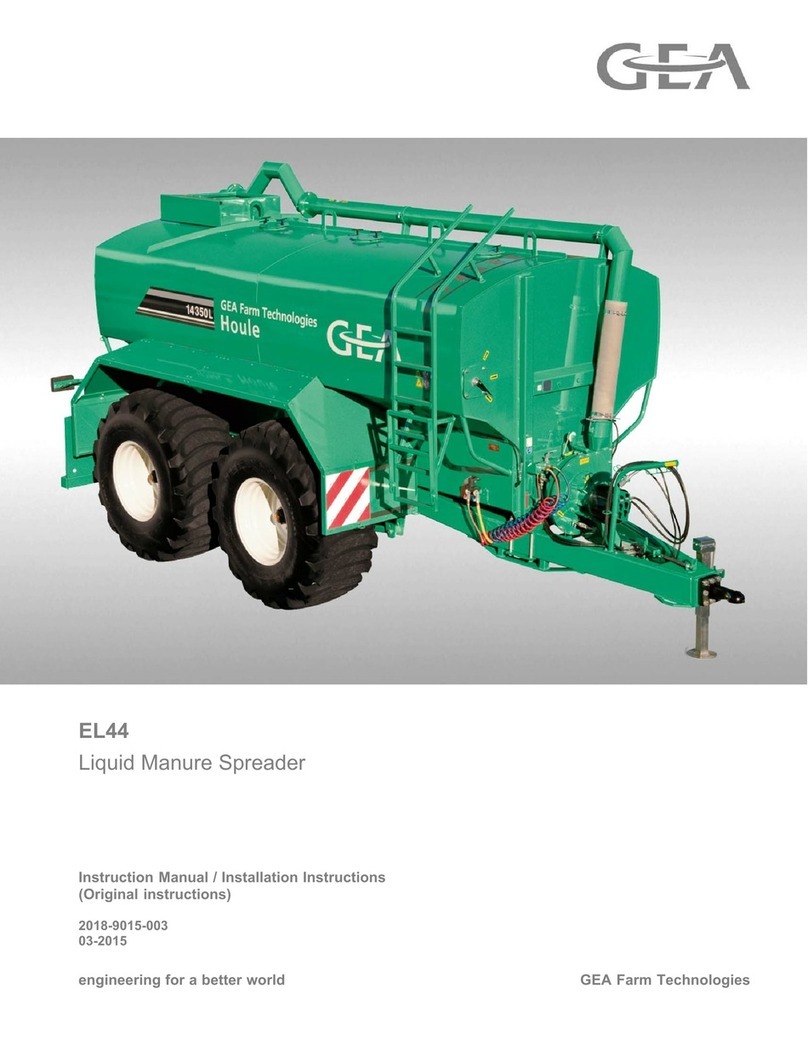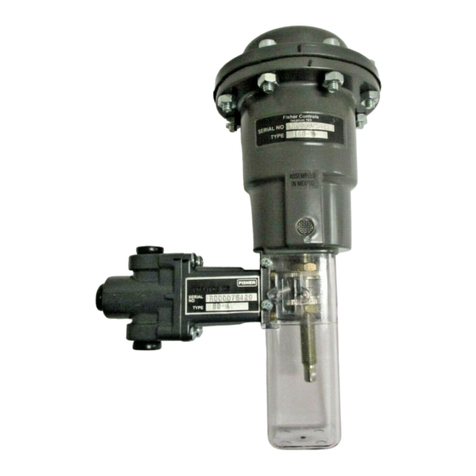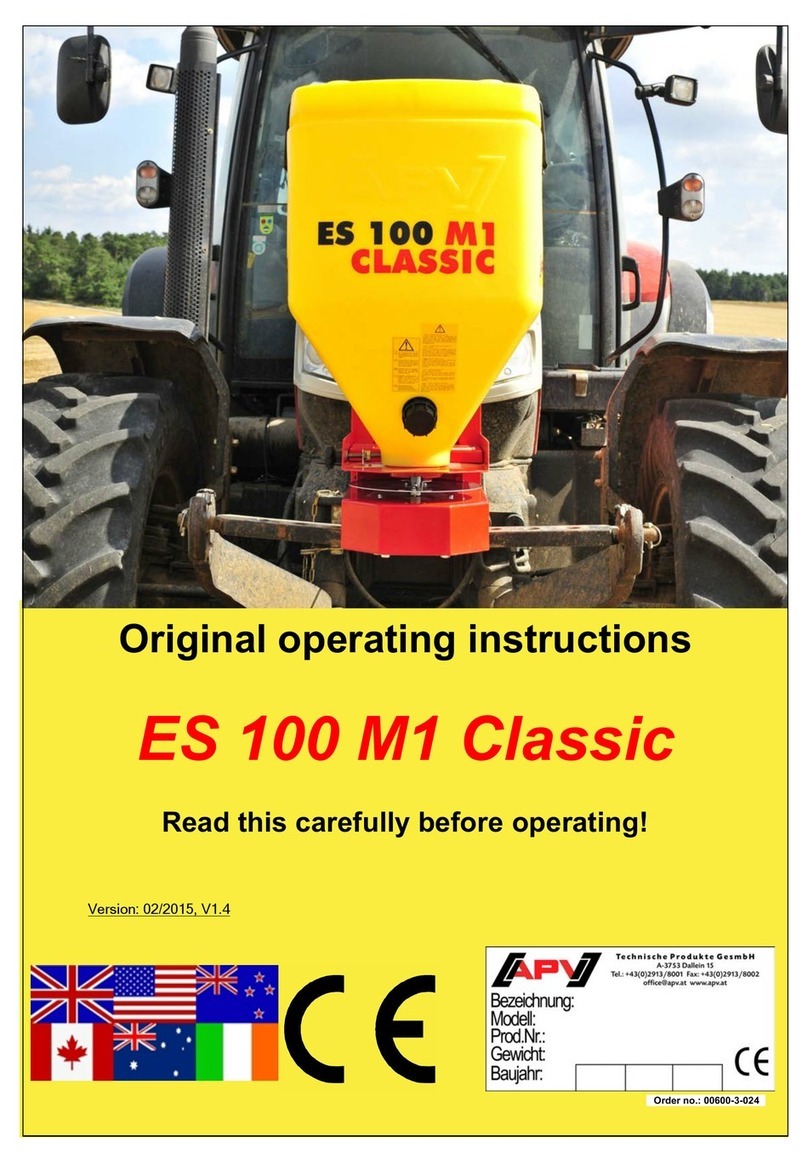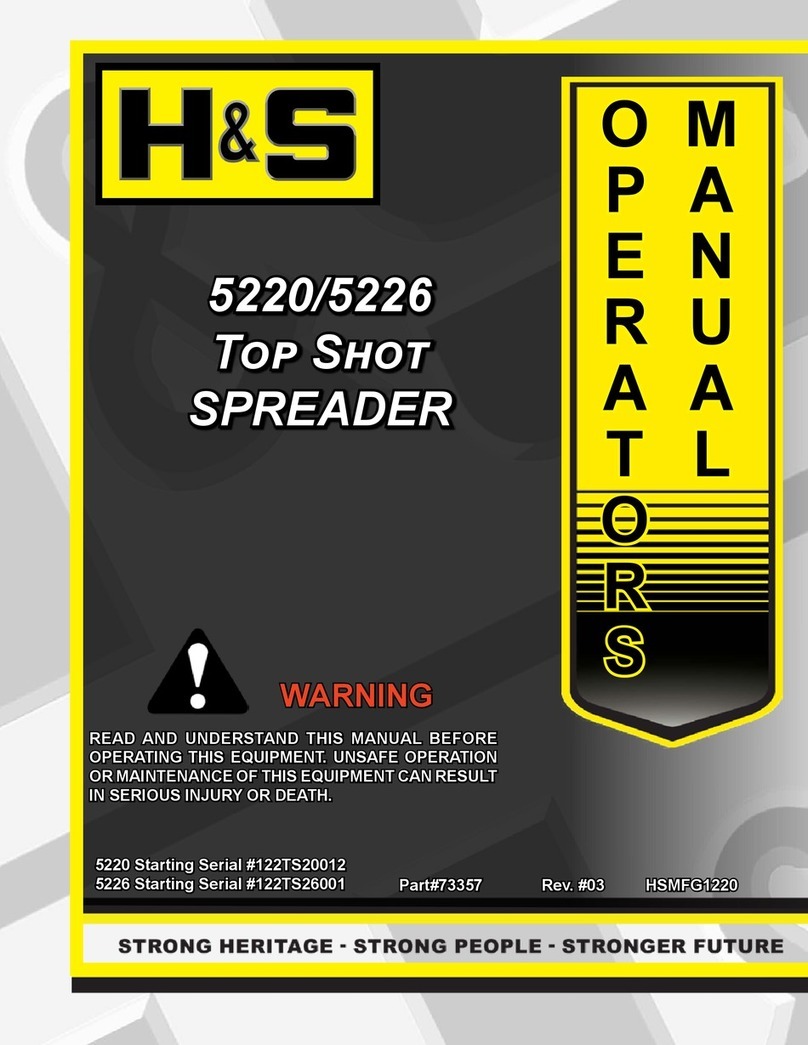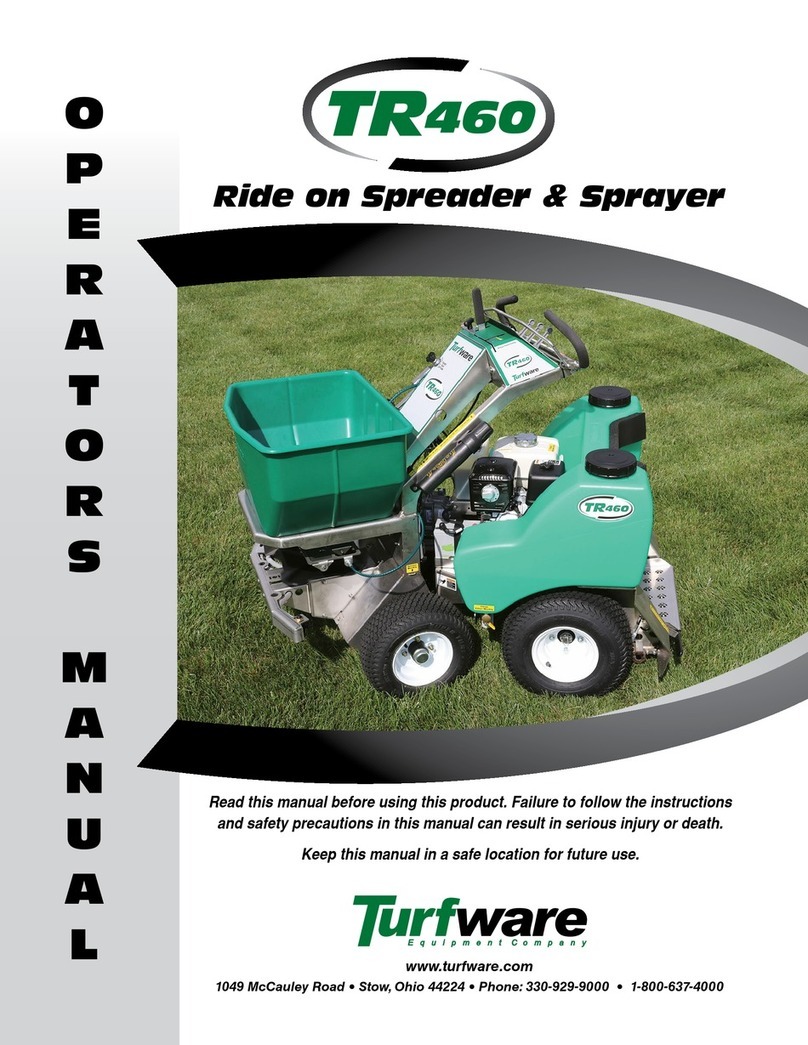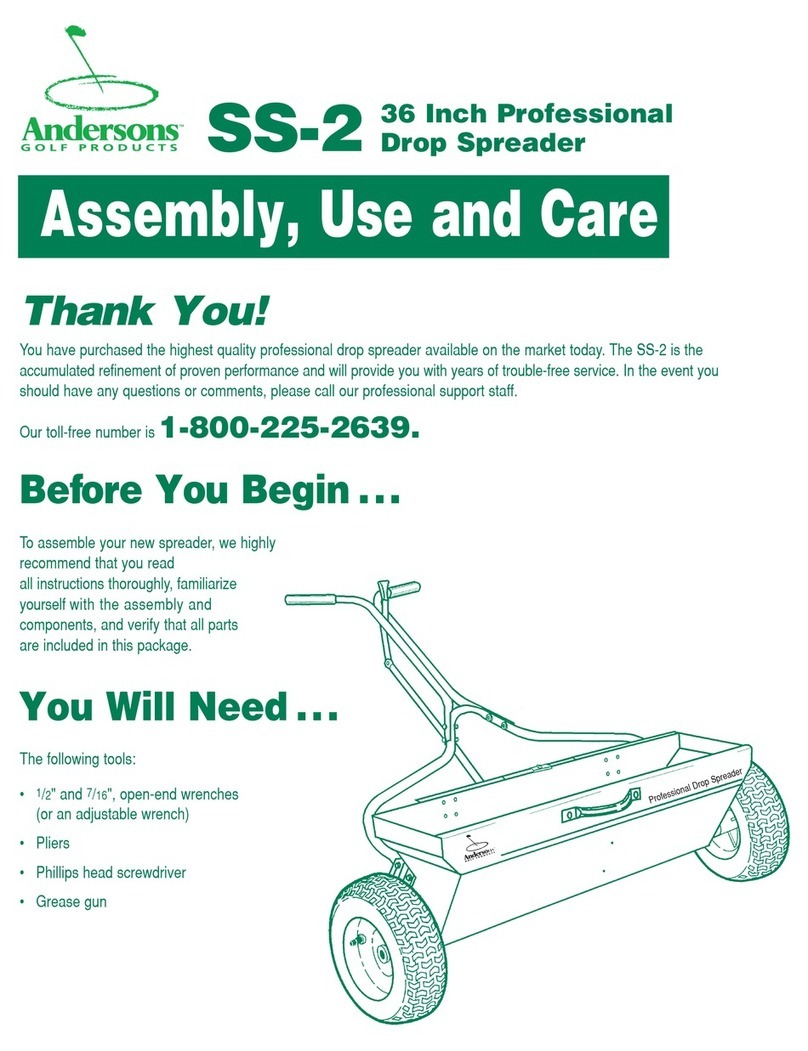
©Copyright Amkus Rescue Systems, Inc. 2010 - 2020 LAS-001 June 22. 2020 Rev07
5
5.0 SET-UP PROCEDURE
AMKUS manufactures equipment of superior craftsmanship and quality. Amkus backs new products with a standard warranty
published on the AMKUS website, www.amkus.com
Only use AMKUS tools with AMKUS equipment. Mixing AMKUS tools with another manufacturer’s
equipment may cause operational problems, equipment failure, or denial of warranty claims.
Only use AMKUS mineral-base hydraulic fluid in AMKUS equipment. Using another manufacturer’s
hydraulic fluid in AMKUS equipment may cause operational problems, equipment failure, or
denial of warranty claims.
Normally, AMKUS dealers prepare and service equipment prior to delivery. If, however, you have decide to place the equipment into
service yourself, please review the following instructions carefully.
1. Remove equipment from the packing cartons and carefully inspect for damage. Damage occurring during shipment should be
reported immediately to the carrier.
2. Gather and review all safety and use documentation prior to operating any rescue tool.
3. Connect the tool connection hoses to the hose lines from the AMKUS hydraulic power unit.
a. Standard Couplings: Please note that the male and female couplings on the hose lines leading from the power unit should be
connected to the corresponding male and female couplings on the tool connection hoses. To connect the couplings, twist the
sleeve on the female coupling so that the notch in the sleeve lines up with the pin. Push the sleeve back so the pin ts into the
notch. While holding the sleeve back, push the male coupling into the female coupling. Release the sleeve; it will spring forward
into place. Twist the sleeve 1/4 turn so that the pin no longer lines up with the notch. Pull on the couplings to check that they
are securely connected.
b1. Mono Couplings: Please note that the female coupling on the hose lines leading from the power unit should be connected
to the corresponding male coupling on the tool connection hoses. To connect the couplings, place the male coupling into
the female coupling. Rotate clockwise until you feel the coupling latch. Pull on the couplings to check that they are securely
connected.
b2. In most cases, the Mono Couplings can be connected and disconnected while the hose line is under ow. It is usually not
necessary to place the directional control of the power unit in the neutral position before connecting and disconnecting.
However, certain circumstances such as back pressure in the return line and/or cold temperatures, may make connecting and
disconnecting under ow extremely dicult or impossible. If you are unable to connect and disconnect while the line is under
ow, place the directional control valve of the power unit in the neutral position and then disconnect or connect.
6.0 GETTING STARTED
Start the power unit (refer to power unit and engine manuals). Following the instructions in the power unit manual, operate the
selector valve to charge the hose line to which the tool is connected. Pick up the tool grip the handle with one hand and the control
valve handgrip with the other.
7.0 OPERATING INSTRUCTIONS
All AMKUS rescue tools are equipped with a twist grip control valve. To operate the valve, twist the control valve handgrip to the right
or left, appropriate to the direction of movement you desire from your rescue tool. Twisting the handgrip to the right will open the
spreader arms and twisting the handgrip to the left will close the spreader arms.
The control valve is equipped with a deadman safety feature. This feature causes the handgrip to return to the center (neutral)
position when it is released. The movement of the tool stops. The tool remains pressurized.
The spreader can be used for spreading, squeezing, pulling and lifting operations. When spreading, squeezing or lifting, make sure
the spreader tips are positioned to maintain maximum contact with the surfaces to be spread or gripped.
Use caution when lifting. Always stabilize the object being lifted. When operating the AMK-24 spreader, the tool may rotate as it meets
resistance. Take care to position yourself to the side of the spreader. If you feel this movement places you or others in jeopardy,
immediately release the control valve handgrip. Then seek another purchase point that does not cause the same problem.
The design of the AMK-24 spreader incorporates removable tips. To remove the spreader tip, use your thumb and nger to
simultaneously depress the spring loaded tip pins. To re-install the spreader tip, depress the spring loaded tip pins, and slide the tip
back into place. Be sure both pins return fully to their original positions. To shut down the power unit, follow the instructions in the
engine owner’s manual to stop the engine.
The minimum safe bend radius of the AMKUS hydraulic hoses is 4 inches (101.6 mm).
